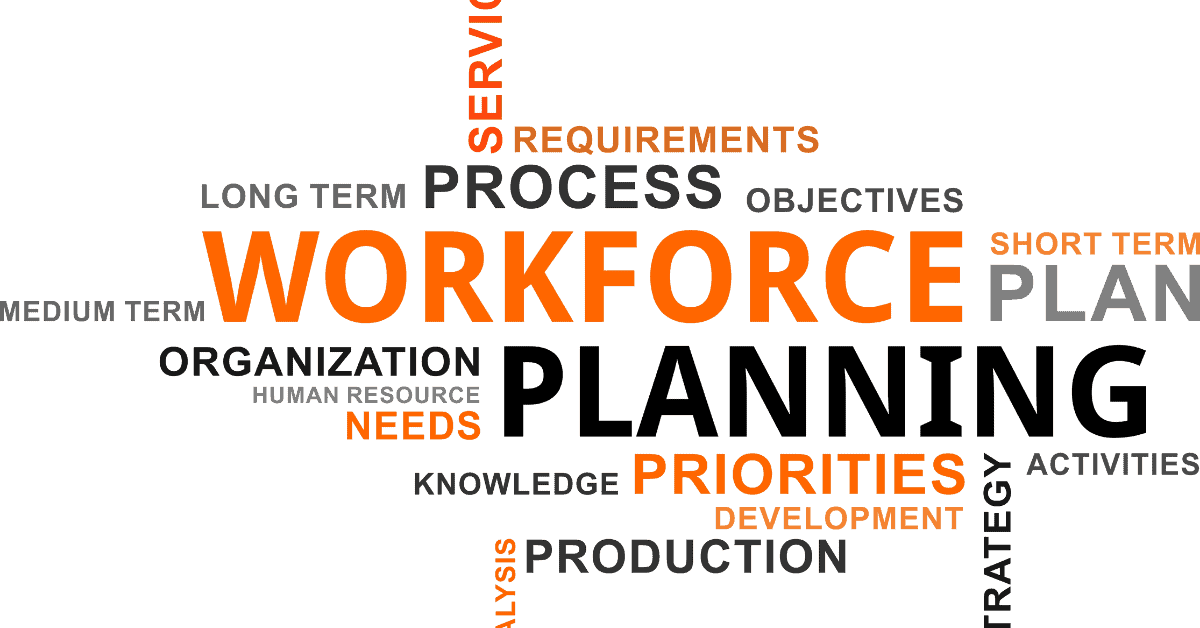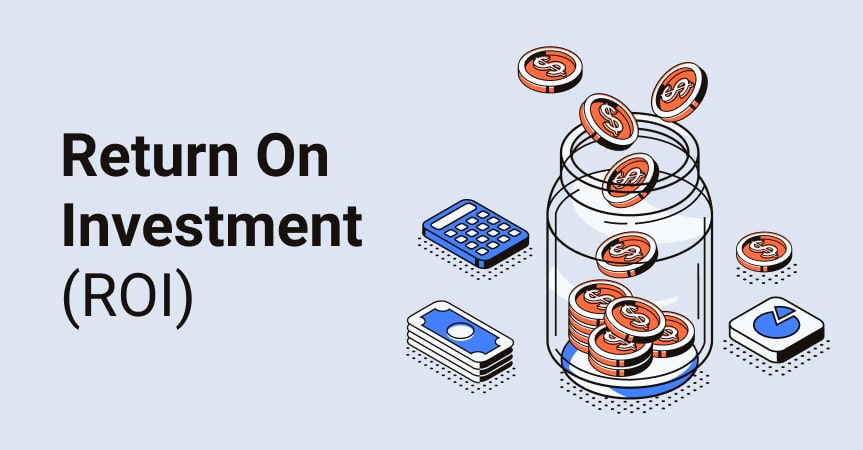
Everything you need to know about workforce planning

In the current workforce market, employers and employees alike are faced with everyday challenges pertaining to the job environment. Some excellent high-performers don’t see their employer utilizing their skills effectively.
On a higher level, it could be that the management has not aligned its strategic objectives with its talent pool, resulting in clear skills gaps, misdirected workforce supply, and a ton of wasted potential.
This is where effective workforce planning comes into play. But what is it anyway? In this piece, I will delve deeper into what strategic workforce planning is, what benefits it has, and how you can start applying all the newly-acquired knowledge right away.
What is workforce planning?
Workforce planning (also referred to as strategic workforce planning) is basically ensuring that the company’s business strategy is well-aligned with its talent management. In other words, the company has the right number of people with the right skills to perform the roles that are needed to help the company accomplish its short-term and long-term business objectives and flourish overall.
The most basic perspective here is to make sure that no position is overstaffed or understaffed.
When too many people are available, it is by definition inefficient. The same job could be done by fewer employees, yet we spread it across multiple entities, reducing the overall efficiency. It can further lead to employee dissatisfaction and decreased morale, as they may feel as though they weren’t needed that much after all. The feeling of being dispensable is not one that we wish our employees to have to endure.
On the flip side, however, having too few people at our disposal means we’re producing or offering less than we could, minimising profit. In some companies, instead of engaging the HR leaders to take care of those staffing needs and hiring the necessary talent, the management re-delegates the responsibilities of the employees who have left among the ones that stayed. That, in turn, can lead to overworking, needless stress, and overall workforce dissatisfaction.
Clearly, it is imperative to avoid either scenario.
When the company can proactively anticipate what kind of people are needed now and, crucially, in the future workforce, they can take the necessary steps now to ensure that no issues arise later.
While here we talk about people and roles, it is key to look at it from a skills gaps perspective as well. We might want to increase the competitive advantage of our workforce by equipping them with the proper skills to perform their job better or to re-skill people to move them across departments. Instead of engaging in time- and money-consuming recruitment processes, it may be better to take care of the people we have on board already.
Last but not least, appropriate workforce planning should be implemented in analysing the skills gaps related to job positions we don’t have yet at the company but we envision we might, looking at the market direction.
Workforce planning benefits
Keeping that perfect balance between roles, people, and skills has a multitude of potential benefits. Let me explore just a few of those.

Source – AliDropShip
ROI (return on investment) when it comes to the existing workforce but also future workforce. It’s tightly bound to the previously mentioned idea of efficiency. With the right skills and number of employees in a given role, we are optimising the costs and profits of their presence in the company.
Skills gaps can be covered with a proper workforce planning process and, even more importantly, talent management. When you can take advantage of the full potential of your employee skills, not only are you getting more out of your hire, but also the employee is happy that they have an opportunity to develop, face new potential challenges, and spread their wings.
Moreover, with proper workforce planning, we are ready for the unexpected. Semantically, in this case, the unexpected would actually be expected. The workforce planning process is a motivator to look ahead and attempt to foresee future needs, labor costs, talent gaps, and the overall workforce plan. When we have predicted what future workforce issues may be, we can start preparing for them now. If we see slow growth in a particular technology, we can start promoting learning that technology now. Consequently, once that technology has boomed, we already have experts at the ready. The end result is that the company is way ahead of its competitors.
The stages of the strategic workforce planning process
Source: Thrive Map
There are multiple stages of the workforce planning process that need to be taken into account when you aim to implement it. Let’s look at them one by one.
Understand the organisation and its environment –